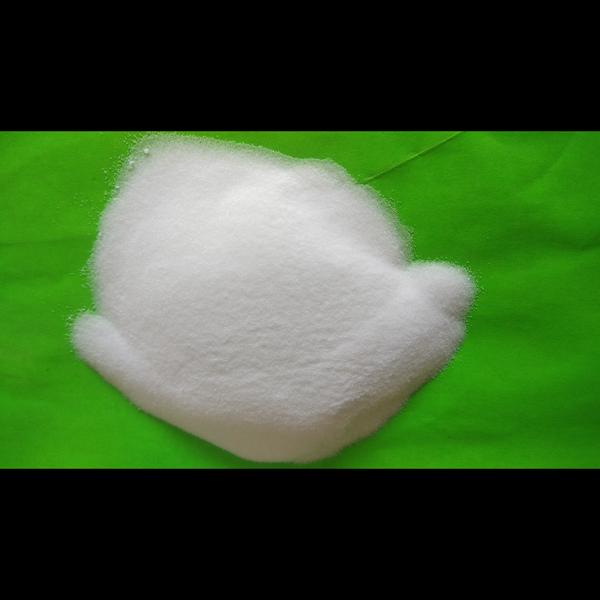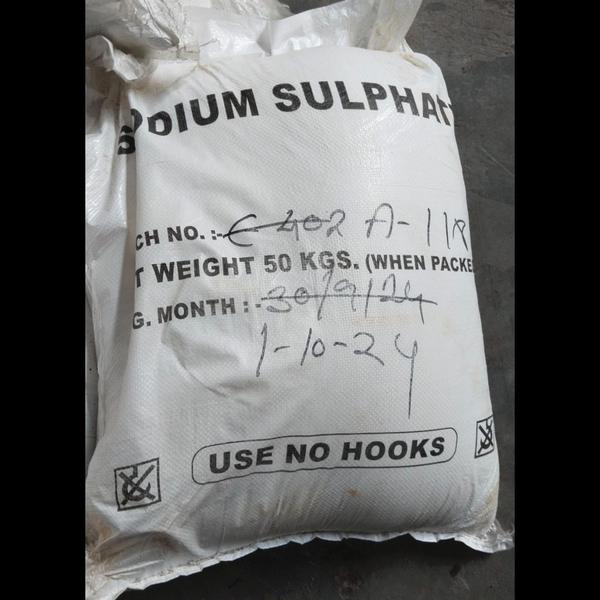Float Glass Manufacturing Process & Raw Material Ratios
Float glass is the most common form of flat glass used in windows, mirrors, architecture, and automotive sectors. The 'float' process allows glass to be formed in large, uniform sheets by floating molten glass on a bed of molten tin.
🧪 Raw Materials Used in Float Glass Manufacturing
Raw Material Function Approximate Ratio (%)
Silica Sand (SiO₂) Main glass-forming component 68–75%
Soda Ash (Na₂CO₃) Lowers melting temperature 12–15%
Limestone (CaCO₃) Improves chemical durability 8–10%
Dolomite (CaMg(CO₃)₂) Adds magnesium, increases stability 3–5%
Alumina (Al₂O₃) Improves viscosity and strength 1–2%
Feldspar Source of alumina and alkalis 1–2%
Recycled Glass (Cullet) Reduces energy consumption 10–30% (varies)
Colorants (optional) For green/blue/bronze tinting Trace amounts
🔁 Chemical Reactions in the Furnace
During heating (at ~1, 500°C), the raw materials react as follows:
Na₂CO₃ + SiO₂ → Na₂SiO₃ + CO₂
CaCO₃ → CaO + CO₂
CaO + SiO₂ → CaSiO₃
Other oxides form silicates
These reactions produce molten glass, which is shaped using the float method.
🔄 Step-by-Step Float Glass Manufacturing Process
1. 🔄 Batch Mixing
All raw materials (sand, soda ash, limestone, etc.) are accurately weighed, mixed, and fed into the furnace.
2. 🔥 Melting Furnace (~1500°C)
Raw material melts into a homogeneous, bubble-free molten glass over 24–48 hours.
3. 🪔 Tin Bath (Floating Process)
The molten glass flows onto a bath of molten tin.
Gravity and surface tension cause the glass to spread evenly, forming a flat, smooth surface.
Thickness is controlled by speed and temperature (typically 3 mm to 19 mm).
4. 🌡️ Annealing Lehr
The glass is slowly cooled in a controlled annealing zone (~600°C to room temp).
This removes internal stresses and avoids cracks or warping.
5. ✂️ Cutting & Inspection
The glass ribbon is cut into sheets.
Edge trimming, polishing, inspection for quality defects.
Defective glass is recycled back as cullet.
📊 Output & Product Formats
Thickness Range Use Case Example
3–6 mm Windows, mirrors, furniture
8–12 mm Façades, partitions, doors
15–19 mm Structural glass, aquariums, railings
🌿 Sustainability in Float Glass Industry
Up to 30% cullet (recycled glass) used
Energy-efficient furnaces reduce carbon footprint
Emission control systems used for NOₓ, SO₂, and particulate matter
🏭 Major Float Glass Manufacturers in India
Manufacturer Location
Saint-Gobain Glass Tamil Nadu, Gujarat
Asahi India Glass Roorkee, Gujarat
Gold Plus Glass Roorkee, Vadodara
Gujarat Guardian Ltd. Ankleshwar, Gujarat
HNG Float Glass Halol, Gujarat
Keywords
1 500c
noₓ so₂
recycled back
glass ribbon
avoids cracks
room temp
slowly cooled
surface tension
automotive sectors
flat glass
float process
common form
float glass industry
molten glass flows
floating molten glass
oxides form silicates
removes internal stresses
spread evenly forming
molten tin gravity
accurately weighed mixed
raw materials react
large uniform sheets
windows mirrors architecture



